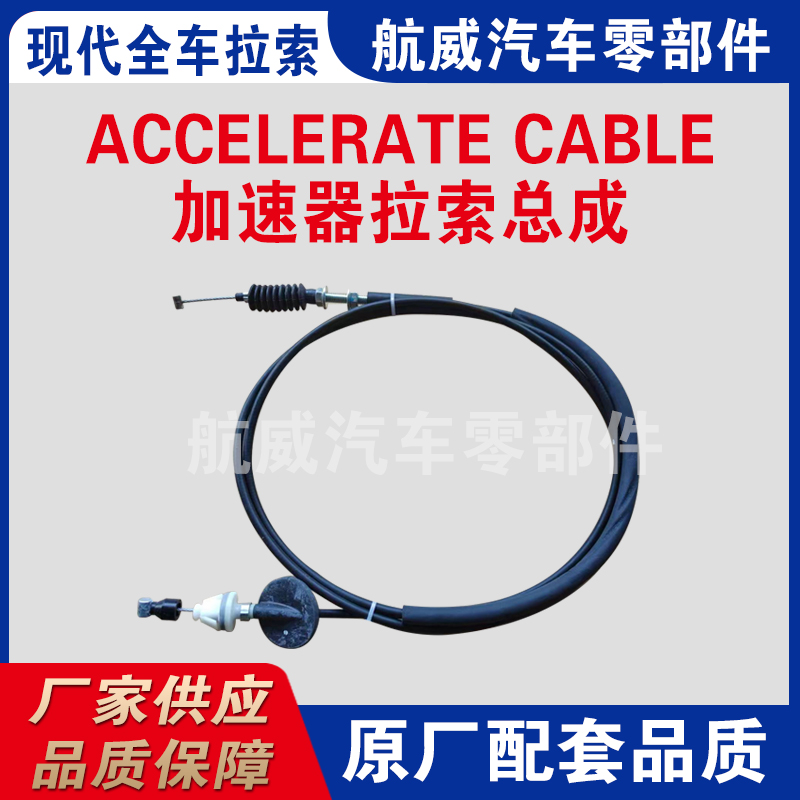Understanding the Functionality of Gear Shift Linkage in Automobile Systems
Understanding Gear Shift Linkage Mechanisms and Importance
The gear shift linkage is an integral component of any vehicle that employs a manual or automatic transmission. It serves as the connection between the gear shifter and the transmission itself, facilitating the transfer of driver input to ensure smooth gear changes. This intricate mechanism is paramount for performance, safety, and the overall driving experience.
The Mechanism of Gear Shift Linkage
At its core, the gear shift linkage system is designed to translate the movement of the gear shift lever into the necessary actions required within the transmission. In manual transmissions, this involves moving gear forks that engage and disengage different gears. In automatic transmissions, the linkage must work in accord with hydraulic systems to select the appropriate gear based on various factors, such as speed and engine load.
There are primarily two types of gear shift linkages mechanical and electronic. Mechanical linkages often utilize rods, cables, or levers to transmit the driver’s input directly to the transmission. These systems, while reliable, can sometimes suffer from wear and tear, leading to imprecise shifts or difficulties in engaging certain gears.
On the other hand, electronic gear shift linkages, commonly found in modern vehicles, use sensors and actuators to facilitate gear changes. This not only allows for greater precision but also opens up opportunities for integrating advanced features such as adaptive shift strategies and automated gear selection based on driving conditions.
Importance of Gear Shift Linkage
The significance of gear shift linkage extends beyond mere functionality. It plays a crucial role in enhancing driving experience and vehicle performance. A well-designed linkage system ensures that gear shifts are smooth and responsive, resulting in better acceleration, improved fuel efficiency, and enhanced driver confidence. Conversely, a faulty or poorly designed linkage can lead to harsh shifting, unintended gear changes, and, in a worst-case scenario, potential transmission failure.
Moreover, in high-performance vehicles, the gear shift linkage can dramatically influence the vehicle's responsiveness and agility. The precision of shifts becomes critical during aggressive driving situations, such as racing or off-road conditions. Performance-driven applications often employ shorter, more direct linkages to minimize the distance between the shifter and the transmission, leading to quicker response times.
gear shift linkage

Maintenance and Troubleshooting
Regular maintenance of the gear shift linkage system is essential for ensuring its longevity and reliability. Many issues can arise over time, including worn components, misalignment, or cable stretch. Symptoms of malfunction can include difficulty in shifting gears, unusual noise when changing gears, or the shifter feeling loose or disconnected.
For mechanical linkages, routine inspections can help identify signs of wear. Lubricating pivot points and cables ensures that the system operates smoothly. In contrast, electronic linkages may require software updates or recalibration of sensors to ensure optimal performance.
Innovations in Gear Shift Linkage
As automotive technology continues to evolve, innovations in gear shift linkage are paving the way for the future of driving. For instance, manufacturers are exploring the use of dual-clutch transmissions (DCT), which utilize two separate clutches for odd and even gears, allowing for near-instantaneous gear changes. The shift linkage in these systems must accommodate rapid cycling between gears without delay, thus enhancing overall vehicle performance.
Additionally, the trend towards electric and autonomous vehicles is shifting the paradigm of gear shift linkages. In these vehicles, traditional gear shifting may be rendered obsolete altogether, as advancements in electric motors can provide seamless power delivery without the need for conventional gear changes.
Conclusion
In summary, the gear shift linkage is a vital component of any vehicle’s transmission system, with far-reaching implications for performance, efficiency, and driver satisfaction. Understanding its mechanisms, importance, and the potential for future innovations allows both automotive engineers and enthusiasts alike to appreciate the complexities behind this essential feature. As technology continues to advance, the gear shift linkage will undoubtedly undergo transformation, enhancing the driving experience for generations to come.
-
Workings of Clutch Pipe and Hose SystemsNewsJun.04,2025
-
The Inner Workings of Hand Brake Cable SystemsNewsJun.04,2025
-
The Secrets of Throttle and Accelerator CablesNewsJun.04,2025
-
The Hidden Lifeline of Your Transmission Gear Shift CablesNewsJun.04,2025
-
Demystifying Gear Cables and Shift LinkagesNewsJun.04,2025
-
Decoding Clutch Line Systems A Comprehensive GuideNewsJun.04,2025
